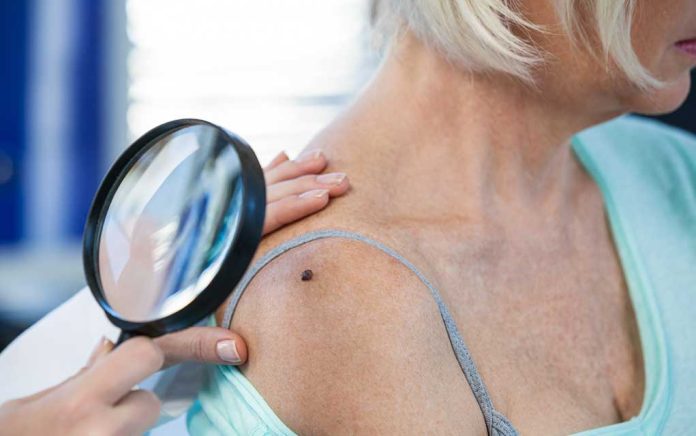
A Regular Skin Cancer Exam Lowers Your Risk of Melanoma
In 2019, the American Cancer Society estimates that there will be 100,000 new cases of melanoma diagnosed in the United States. When it comes to preventing and treating skin cancer, we have a long way to go. However, there is one thing we know for sure about melanoma prevention — regular screening is essential, and here’s what you need to know.
Preventing Melanoma With Careful Screening
It isn’t uncommon for melanoma to begin as a skin growth or mole. For this reason, screening skin changes can play an important role in the prevention of skin cancer.
During a skin cancer screening, patients will undress and put on a hospital gown. Then, a doctor, usually a dermatologist, will examine all of the patient’s skin. Any concerning moles or skin issues will be examined to determine if they require continued monitoring or removal and biopsy. Removal is often a same-day procedure, may require a few stitches and mostly heal in two to three weeks.
When Do I Need a Skin Cancer Exam?
Yearly skin cancer screenings are suggested for adults between the ages of 35 and 75 who have a higher risk of developing this disease. There are multiple factors that increase an individual’s risk, including:
- Having over 50 moles
- Excessive exposure to the sun
- Having had more than one sunburn that blistered
- Family or personal history of skin cancer
- Unusual or changing moles
A primary care physician is a good first contact about regular skin cancer screenings. They can help determine your personal skin cancer risk and may refer your to a dermatologist for additional screening.
Performing a Skin Cancer Self Exam
Since many moles aren’t abnormal and don’t need to be removed, it is helpful to understand what to watch for while performing regular skin cancer self-exams. A full skin check is recommended by the Skin Cancer Foundation once a month. Using a mirror, begin with your face and scalp and work your way down to your toes. Every inch of your skin needs a careful look.
Generally, there are three indications that a mole needs attention. If it’s a new growth that wasn’t present during the last skin check, this may indicate unhealthy skin changes. Abnormal colors, like multiple colors of brown, black, red or brown are warning signs of skin cancer. A bluish-black color is a sign of melanoma and should be taken very seriously. Healthy moles are symmetrical and have well-defined borders. An abnormal shape and blurry borders are a good indication that is time to get a doctor’s opinion.
Malignant melanoma is a serious disease but may be prevented with skin protection and regular screening. Keep covered in the sun and know your body well, you’re the expert on whether or not your skin is changing.
~ Here’s to Your Financial Health!


















